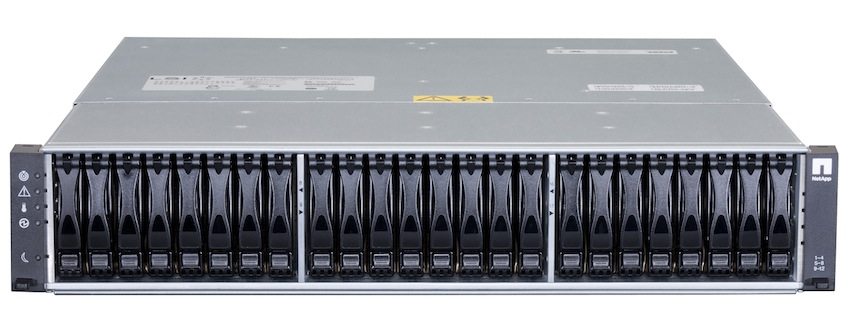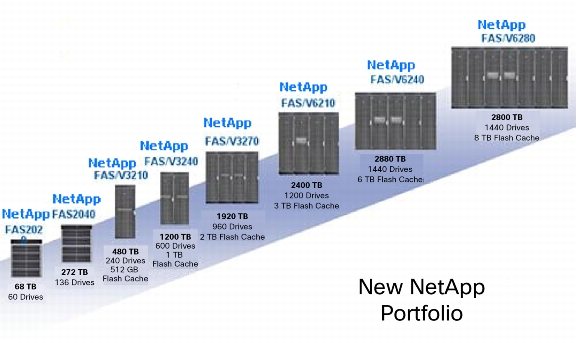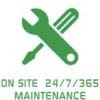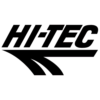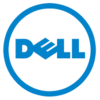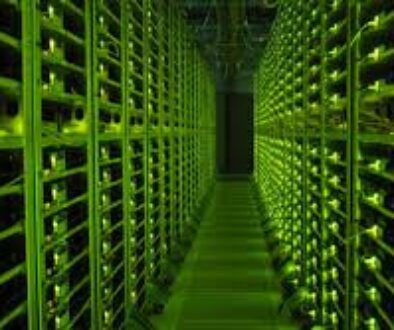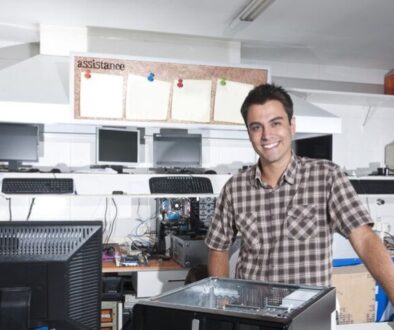NetApp Product Information Guide
One of the big players in the world of storage hardware, NetApp, offers an extensive range of products that are arranged in four primary categories:
1. NetApp FAS Series
 NetApp FAS systems are based on a unified architecture to consolidate workloads and protocols (both SAN and NAS). The FAS family features the FAS2000, FAS3200 and FAS6200. These systems can scale to meet the needs of midsize enterprises up to large enterprises and service providers. All run the NetApp Data ONTAP operating environment and OnCommand management software.
NetApp FAS systems are based on a unified architecture to consolidate workloads and protocols (both SAN and NAS). The FAS family features the FAS2000, FAS3200 and FAS6200. These systems can scale to meet the needs of midsize enterprises up to large enterprises and service providers. All run the NetApp Data ONTAP operating environment and OnCommand management software.
“The FAS2000 series cost effectively provides the flexible scalability that’s needed to accommodate sudden changes and growth, particularly in midsized companies, remote/branch offices and enterprise departments,” said Chris Davidson, vice president, Product and Solutions Marketing, at NetApp. “The systems are easy to deploy and manage, plus they don’t require extensive storage expertise, which reduces administration overhead.”
The FAS3200 series is a modular building block for shared storage. Davidson said it does well for apps running in virtualized environments.
The FAS6200 series is the top of the line. It is designed for large-scale shared IT infrastructure. Davidson said it can handle the largest enterprise applications and the most demanding technical workloads as well as supporting cloud environments for service providers.
While other vendors have jumped on the unified storage bandwagon, NetApp lays claim to being the first–almost a decade ago. The company sees this unification phenomenon continuing in the years to come. So it continues to invest heavily in this line to deal with ongoing trends, such as cloud, virtualization, big data, efficient IT, flexible IT and automated storage tiering.
2. NetApp V-Series
Further on the storage unification theme, the NetApp V-Series is a consolidation platform.
“Organizations continue to tighten their IT budgets and determine the best pathways for consolidating their IT infrastructure,” said Davidson. “Many are turning to NetApp V-Series to unify their non NetApp storage environments and achieve increased efficiencies, reduce costs, and improve data protection.”
The value of this approach is showing up in increased sales. It is one of the company’s fastest growing products, with 70 percent year-over-year growth and more than 5,000 units shipped.
The V-Series is the industry’s first family of open storage controllers. As such, it can simultaneously manage SAN and NAS storage through one device, including third-party storage arrays–including EMC, IBM, HP and Hitachi Data Systems (HDS )–as though they were NetApp storage.
Davidson cites dramatic cost cuts by using features such as NetApp Data ONTAP deduplication and other storage efficiency features to reclaim capacity. Replication is also thrown in via SnapMirror software.
The E-Series is NetApp’s name for new platforms resulting from the acquisition of Engenio. Aimed at the storage stress resulting from high-performance computing (HPC) applications, NetApp offers full-motion video storage built on the E-Series Platform that enables, for example, government agencies to take advantage of full-motion video and improve battlefield intelligence. Additionally, NetApp offers a Hadoop Storage Solution on the E-Series that is designed to enable real-time or near-real-time data analysis of larger and more complex datasets.
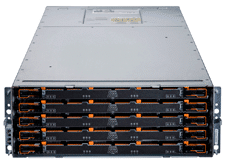
The E2600 takes a more customized approach, providing multiple enclosure options to tailor it to any environment. Its 24-drive shelf maximizes performance per U with low power utilization, and the 60-drive shelf supports up to 120TB for maximum rack density.
“The E2600 offers interface flexibility,” said Davidson. “Its SAS interface is tailored for high-performance direct-attach solutions, and iSCSI and FC interface options enable the E2600 to integrate into any SAN.”
The NetApp E7900 storage system is positioned to handle the rigors of both heavy computational workloads and bandwidth-sensitive streaming environments. Its dense enclosure along with redundant I/O path protection features and diagnostic capabilities are targeted at users who require sequential throughput and heavy transactional IOPs. Self-encrypting drives provide security for data at rest.
“The E-Series is ideal for high-performance environments with massive amounts of critical data and computing demands that require enterprise-class scalability and reliability,” said Davidson.
NetApp plans to keep its FAS and E-Series lines firmly separate.
“Its unified architecture based on Data ONTAP will continue to target IT and cloud infrastructure markets while Engenio will focus on the big bandwidth applications, such as full motion video capture, digital video surveillance, and seismic and weather modeling,” said Hill. “NetApp bets that the big bandwidth market will be an essential part of big data along with big analytics and content repositories.”
4. NetApp Flash Cache
NetApp customers looking to improve performance and storage efficiency have purchased more than a PB of NetApp Flash Cache capacity since its introduction in September 2009, as a flash/solid state drive (SSD) product that can be deployed in automated storage tiering or other use cases. The company recently doubled the size of available Flash Cache cards with the introduction of a 1TB version in May 2011.
“NetApp Flash Cache speeds access to active data by caching it in the storage controller,” said Davidson. “This optimizes the storage system performance and reduces costs by enabling the use of fewer, larger disk drives.”
By incorporating flash memory as intelligent cache in its unified storage systems, for example, users can improve performance for workloads that are random or read-intensive, such as file services, messaging, online transactional processing (OLTP) databases and server/desktop virtualization.”
Up to 16TB of intelligent read cache can be configured in a storage system using Flash Cache cards. These modules are said to be easy to install and automatically cache data under high demand. Read times are at least 10 times faster than those of hard disk drives.
“Using flash memory to automatically cache frequently accessed data gives customers the speed and accessibility they need without sacrificing simplicity and efficiency,” said Davidson. “Caching can give customers an easy, cost-effective way to apply solid state technology for better storage system performance.”

